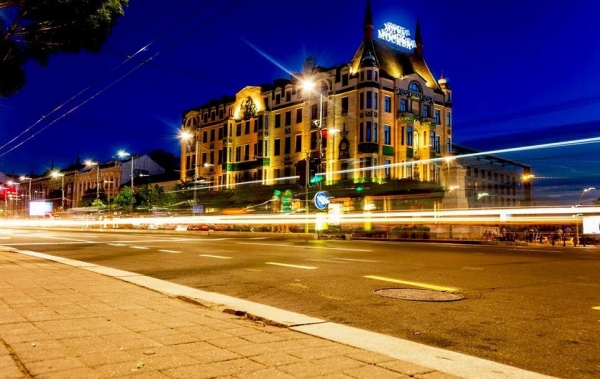Knez Mihajlova Street – The pedestrian zone and centre are under protection as one of the oldest and most valuable city ambients. Numerous monuments, remarkable buildings and private houses were built around 1870.
Republic Square – The area covering the present Republic square was uninhabited until 1835, spreading behind Stambol gate. After the gate had been demolished, the construction material was used for building a number of houses in the square, including National Theatre, in 1869.
Nikola Pasic Square is the youngest Belgrade’s square. In the first half of the 19th century this area was an empty field bisected by the road to Constantinople which was at this point in the process of developing into a street.
The National Theatre is the oldest home of theatrical arts in Belgrade. It was built in 1868 by order of Prince Mihailo Obrenovic according to the architectural plans of Aleksandar Bugarski.
The city Library is located at the end of Knez Mihajlova across from Kalemegdan Park. Under the building from Roman times, parts of the aquaduct were found under the ruins.
The Federal Parlament is an edifice whose construction and function is oddley related to the idea of the brotherhood between Yugoslav nations and to the establishment of the parliamentarya sistem in the country. The building was stared according to designs of Jovan Ilkic in 1906 and finally finish 1937 by Pavle Ilkić.
Tasmajdan park – For centuries it had been used as a quarry. Early inhabitants of Belgrade digging caves deep into Tasmajdan rock, created catacombs and stone halls with symmetrically arranged corridors. St. Marko Church was built between 1931 and 1940, replacing a 1835 church. Two architect Petar and Branko Krstic, in the Serbian-Byzantine style designed it. In its building concept, this church is similar to Gracanica monastery.
Dimitrije Tucovic Square – Slavija – This square was originally called Simic Estate. This area was formerly a favorite site for duck and game hunting, until 1870s when it became inhabited. Soon after that, the square was named Englezovac, after Francis Mackenzie , a Scot who bought this property from Simic.
The history of Belgrade’s boulevards is an inseparable part of the whole urban, cultural and economic history of the city.
The Red Star Stadium is the largest in Serbia. Construction work started in 1960 and the first match was played on 1 September 1963. The stadium has 55.000 seats.
Memorial Centre Josip Broz Tito is situated in Dedinje, contributes to the preservation and cherishment of the memory of the life and work of Josip Broz Tito.


